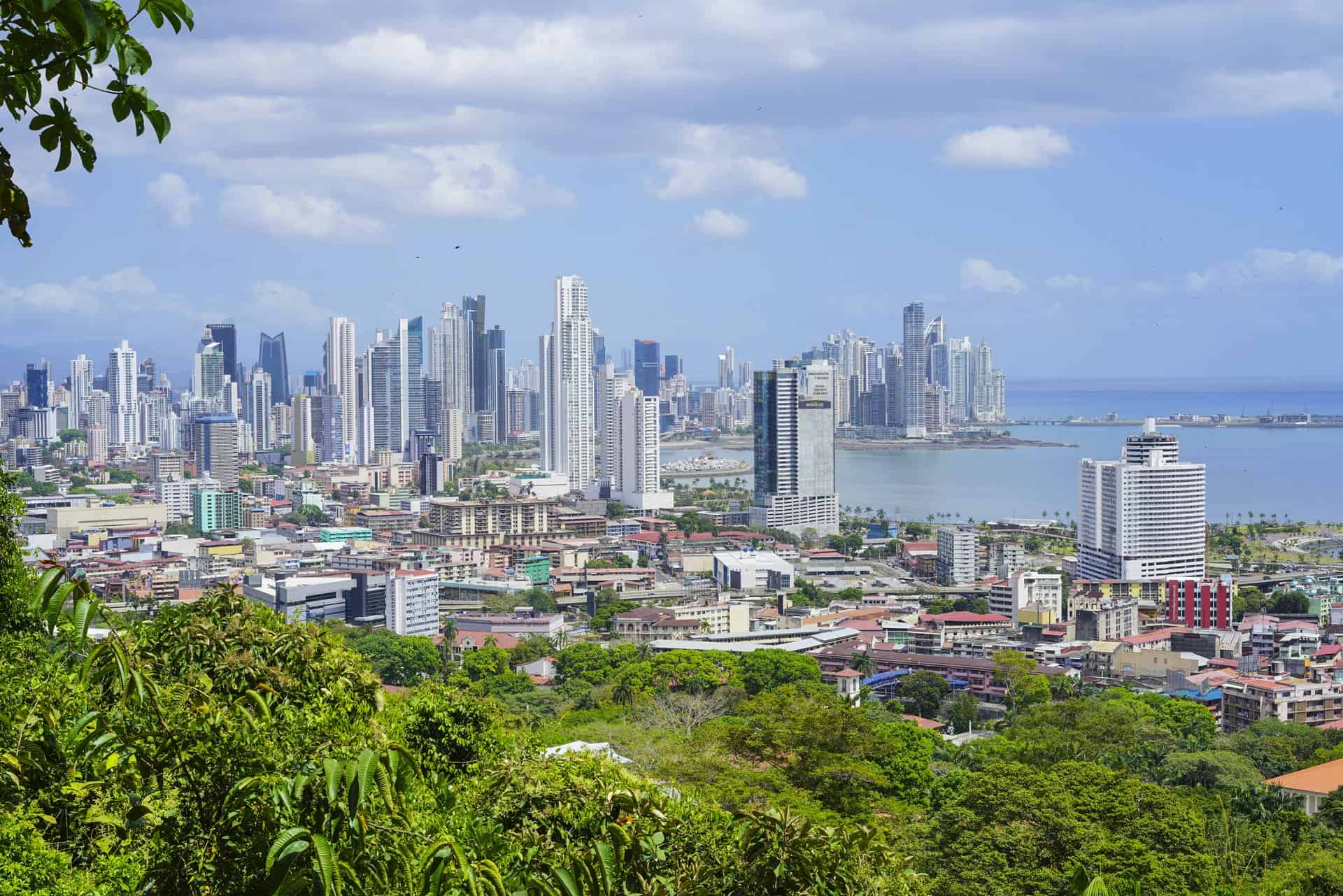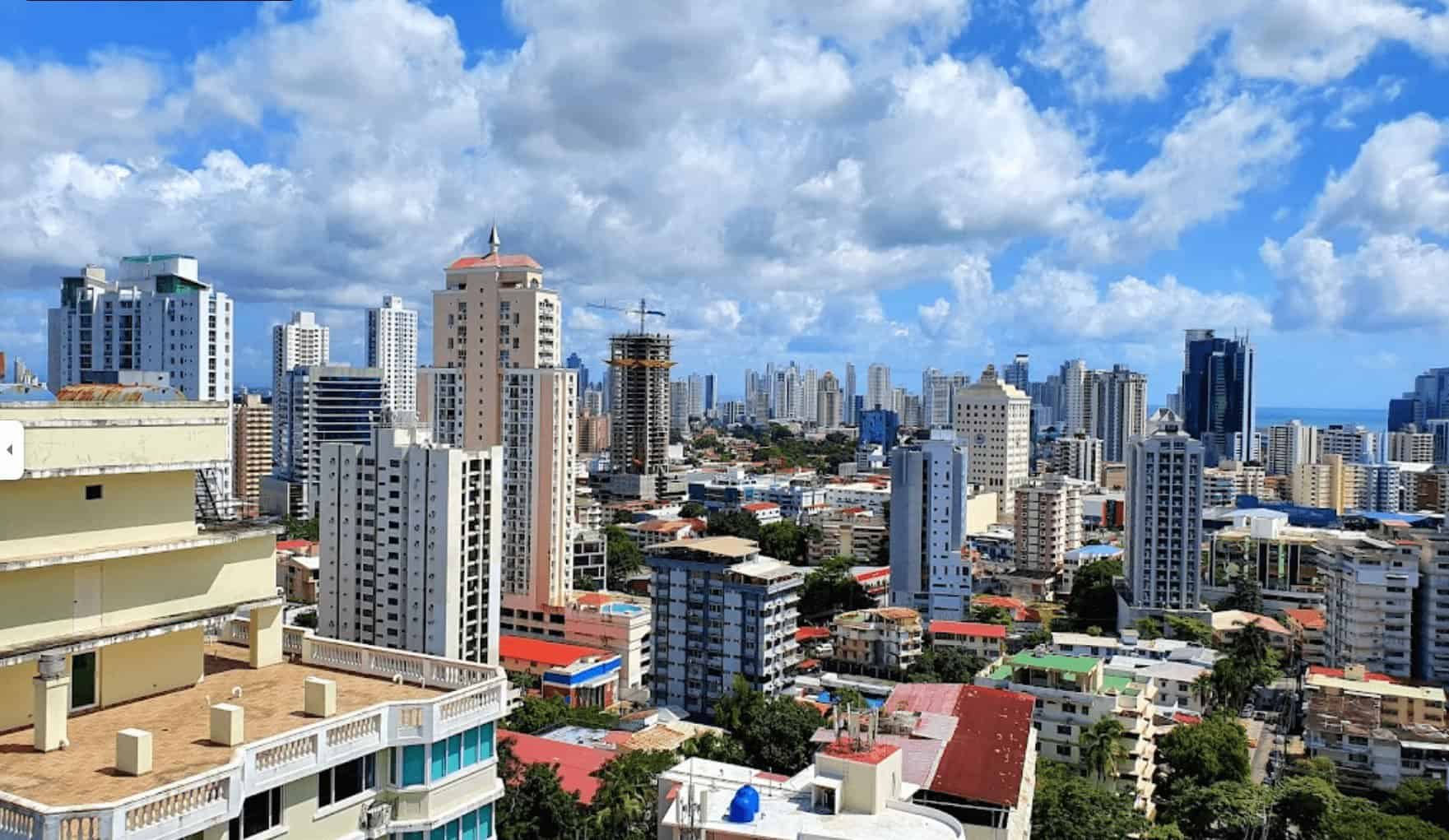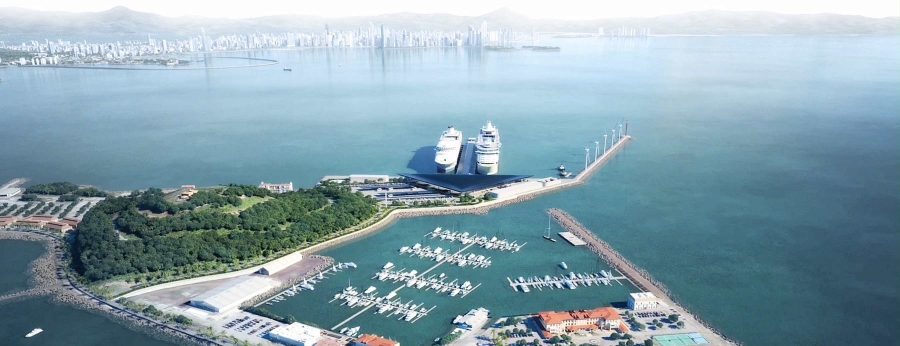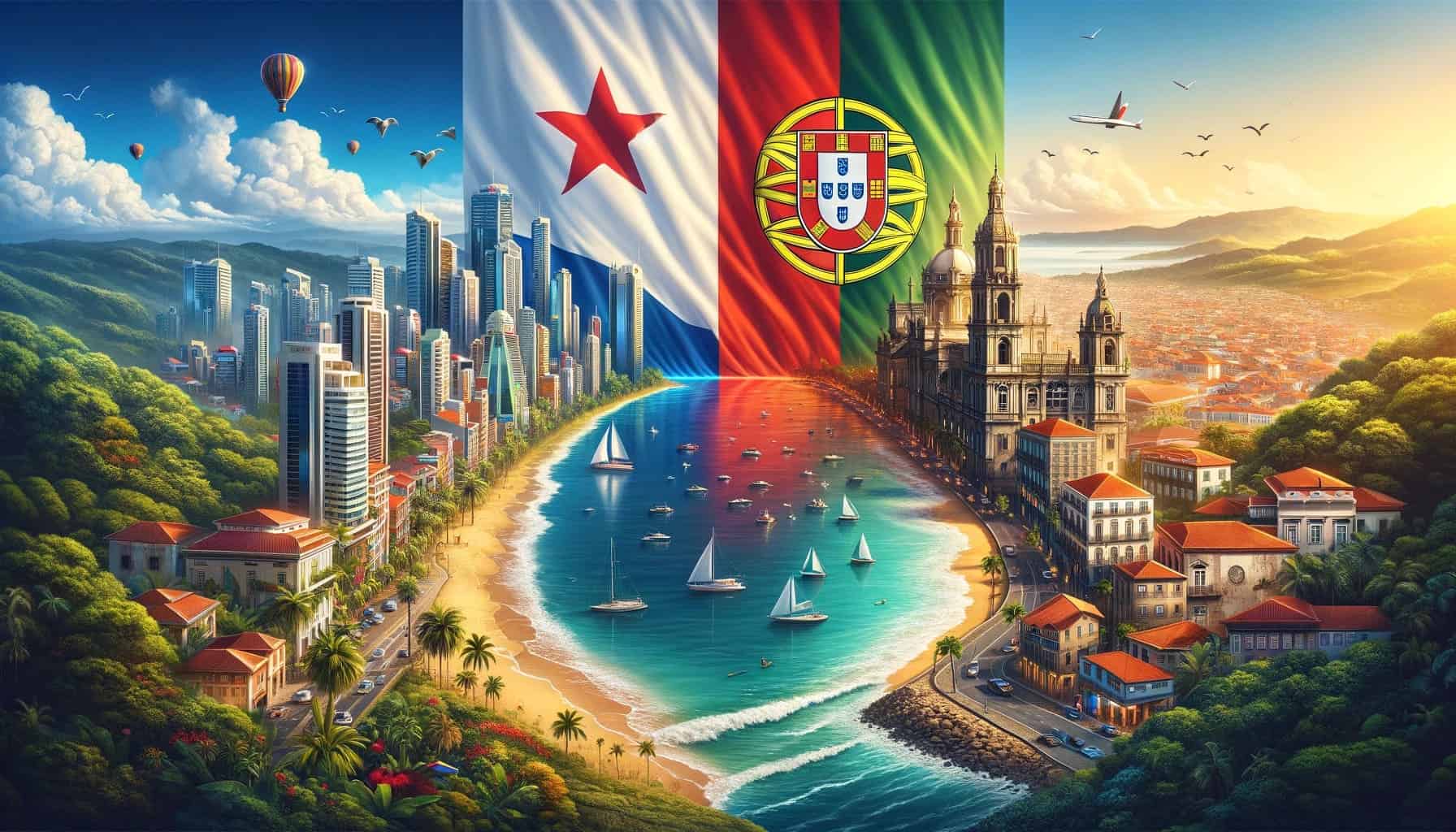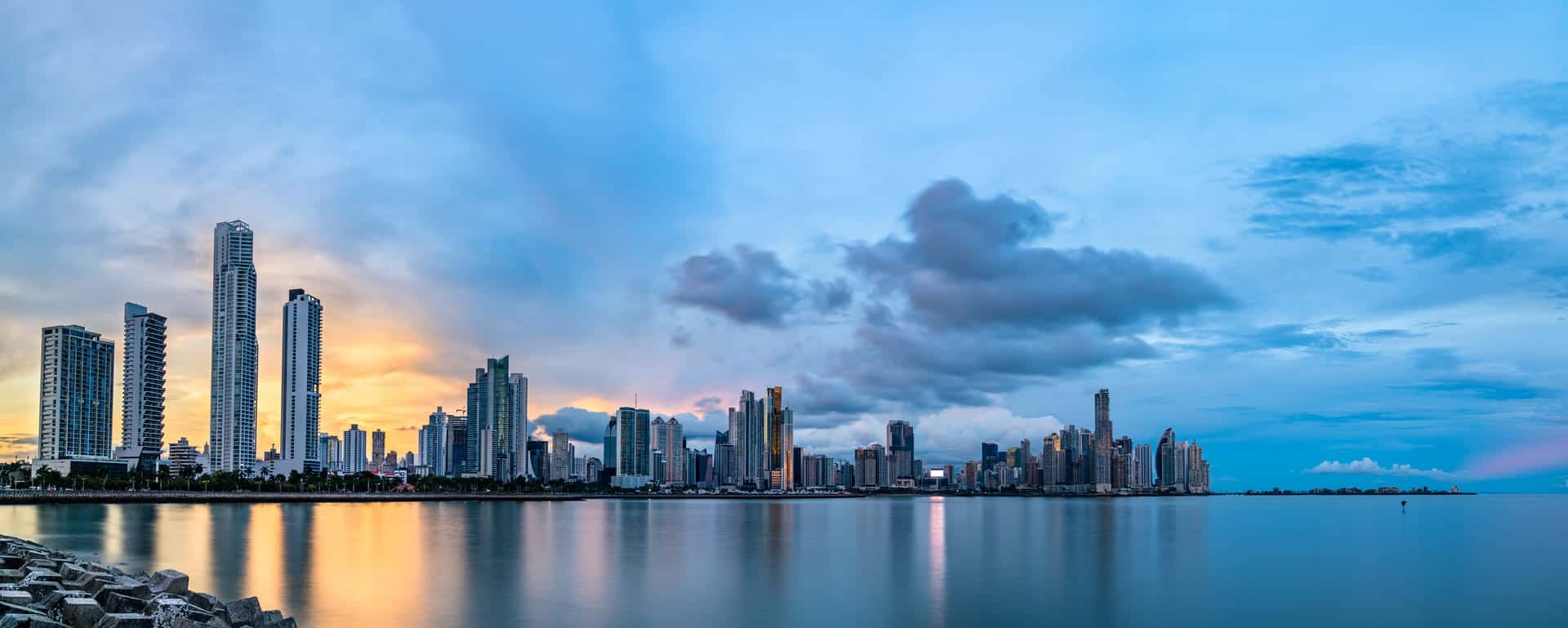Let’s delve into the ever-relevant topic for expats: the cost of living in Panama. As 2024 unfolds, understanding Panama’s financial landscape is crucial for potential movers. In this guide, we’ll explore expat experiences, starting with the question: Is it expensive to live there? We’ll dissect living costs across various expat communities, revealing diverse economic landscapes. Taxes and financial considerations are pivotal in shaping stability abroad, which we’ll navigate to offer clarity and insight. Additionally, we’ll address how exchange rates and currency impacts affect budgeting and financial planning. Stay tuned as we unveil tailored considerations for expats, equipping you with the knowledge to thrive in Panama’s dynamic environment. This article is your guide to navigating Panama’s cost of living in 2024.

Is it Expensive to Live in Panama?
No, the cost of living in Panama is lower than in numerous Western countries, approximately 40% to 50% less than in the United States, and similar to other Latin American countries such as Ecuador and Guatemala. Still, various factors influence the cost of living for expatriates in Panama, including the region chosen for residence, which significantly impacts living expenses, as well as lifestyle choices, which can significantly affect one’s expenses in Panama. As in other locales, residing in upscale neighborhoods and frequenting high-end establishments will inevitably raise living costs.
According to Trading Economics, the statistics outline the economic landscape of Panama in December 2023. The inflation rate stood at 1.92%, indicating a modest rise in the general level of prices for goods and services. Month-over-month, inflation increased by 0.08%. Food inflation, specifically, rose by 2.47%, highlighting an uptick in food prices. Transportation and housing/utilities indices show a slight increase compared to the base period. Overall, these figures provide valuable insights into how prices are evolving across different sectors of the economy, influencing purchasing power and consumer behavior. For expats, adapting to the local lifestyle can not only enrich their living experience but also make it more affordable. Engaging with local communities, learning Spanish, and embracing local customs and cuisines can significantly reduce daily expenses. Furthermore, Panama offers a Pensionado visa program, providing retirees with discounts on various services, including entertainment, transportation, and healthcare, further enhancing the affordability of living in Panama for eligible expats.
Cost of Living in Panama Breakdown
The cost of living varies depending on lifestyle choices, location within the country, and the type of expenses considered. Here’s a detailed breakdown to guide expats on what to expect in terms of expenses:
Living Costs in Panama:
| Category | Cost (U.S. $) |
| Dining Out | |
| Casual Meal | $5 – $30 |
| Fine Dining for 2, Three-course | $60 – $150 |
| Fast Food Meal | $7 – $10 |
| Local Beer (0.5 liter) | $1 – $5 |
| Premium Imported Beer (0.33 liter) | $3 – $6 |
| Artisanal Coffee | $2 – $5 |
| Chilled Soft Drink (0.33 liter) | $1 – $3 |
| Packaged Drinking Water (0.33 liter) | $1 – $2 |
| Groceries | |
| Organic Milk (1 liter) | $1.50 – $2 |
| Whole Wheat Bread (500g) | $2 – $3 |
| Rice (1kg) | $1 – $3.25 |
| Eggs (12) | $1.50 – $3 |
| Artisan Cheese (1kg) | $10 – $18 |
| Free-Range Chicken (1kg) | $7 – $11 |
| Organic Beef (1kg) | $8 – $16 |
| Exotic Fruits (per kg) | $1.50 – $5 |
| Fresh Vegetables (per kg) | $1 – $4 |
| Beverages | |
| Craft Beer (0.5 liter) | $1 – $1.50 |
| Imported Beer (0.33 liter) | $2 – $3 |
| Select Wine (Mid-Range Bottle) | $8 – $15 |
| Transportation | |
| One-Way Ticket (Public Transport) | $0.50 – $1 |
| Monthly Transport Pass | $25 – $30 |
| Taxi Base Fare | $2 |
| Taxi per km | $0,80 – $1,50 |
| Gasoline (1 liter) | $0.90 – $1.30 |
| New Car (Kia, VW, Mazda…) | $20,000 – $40,000 |
| Home Expenses | |
| Green Utilities (Monthly) | $50 – $180 |
| Smartphone Plan | $20 – $32 |
| High-Speed Internet | $35 – $75 |
| Leisure | |
| Gym Membership | $20 – $100 |
| Tennis or Paddle Court Rental (per hour) | $15 – $45 |
| Movie Ticket | $5 – $12 |
| Childcare | |
| Pre-School (Monthly) | $250 – $565 |
| Private School (Annual) | $5,000 – $14,000 |
| Apparel | |
| Designer Jeans | $25 – $75 |
| Trendy Seasonal Dress | $10 – $80 |
| Athletic Footwear | $45 – $150 |
| Formal Shoes | $60 – $150 |
| Accommodation | |
| 1 Bedroom Apartment in Panama City | $700 – $1.825 |
| Suburban 1 Bedroom Apartment | $250 – $1.200 |
| 3 Bedroom Apartment in Panama City | $1,200 – $5,500 |
| Suburban 3 Bedroom Apartment | $600 – $3,000 |
| Property Investment | |
| Panama City Square Meter Price | $1,650 – $3,800 |
| Suburban Square Meter Price | $500 – $2,000 |
The following calculation outlines the estimated monthly expenses required for maintaining a household in Panama, distinguishing between the financial needs of a single-person household and those of a two-person household, with the assumption that there are no children in either scenario. This analysis aims to provide a detailed understanding of the budget necessary to cover living costs, including accommodation, utilities, food, transportation, and leisure activities, among other expenses, for individuals and couples looking to manage their finances.
Budget for a Single-Person Household in Panama City:
| Category | U.S. $ |
| Housing (Rent & Utilities) | $700 to $1,825 |
| Utilities (Electricity, Water, Gas) | $80 to $255 |
| Maid (three times a week) | $320 to $385 |
| Internet & Communications (Internet, Cellphone) | $330 to $430 |
| TV & Streaming Services | $20 to $60 |
| Healthcare & Wellness | $110 to $325 |
| Transport & Vehicle Maintenance | $40 to $220 |
| Food & Groceries | $40 to $220 |
| Leisure & Entertainment | $290 to $430 |
| Other Expenses | $150 to $205 |
| Monthly Total: | $1,880 to $3,855 |
Budget for a Two-Person Household in Panama City:
| Category | U.S. $ |
| Housing (Rent & Utilities) | $850 to $2.300 |
| Utilities (Electricity, Water, Gas) | $80 to $255 |
| Maid (three times a week) | $320 to $385 |
| Internet & Communications (Internet, Cellphone) | $55 to $95 |
| TV & Streaming Services | $20 to $60 |
| Healthcare & Wellness | $215 to $535 |
| Transport & Vehicle Maintenance | $60 to $220 |
| Food & Groceries | $420 to $535 |
| Leisure & Entertainment | $265 to $375 |
| Other Expenses | $160 to $270 |
| Monthly Total: | $2,445 to $5,030 |

The Best and Most Affordable Places to Live in Panama
Let’s explore the diverse cost of living in Panama’s expat communities, each offering unique lifestyle and amenities tailored to different preferences.
- Panama City
There is an array of property options, encompassing apartments, condos, houses, townhouses in Panama City, on top of commercial properties or potentially land for those keen on constructing their own. Modern one-bedroom apartments in areas like Punta Pacifica are available for rent at $1,200. Dining in Panama City in an upscale restaurant will cost you $100 or more per person. The city boasts a well-developed public transportation system, comprising the Metro and buses, with fares ranging from $0.25 to $1.25. Taxi rides typically start at $2, while ride-sharing apps are readily accessible.
- Bocas del Toro
Attractive to younger expatriates and retirees seeking a relaxed island lifestyle, Bocas del Toro offers a variety of housing options, from oceanfront properties and luxurious apartments boasting sea views to secluded homes. Rental prices for a one-bedroom apartment typically range from $400 to $900 per month. The area boasts plentiful and reasonably priced fresh seafood, complemented by a diverse array of local and international dining establishments. Expect to spend around $12 per person for a meal at a restaurant. Transportation primarily involves boat travel between islands, starting at $1, and bicycles within towns, with rentals priced at approximately $5 to $8 per day.
- Boquete
Renowned for its cooler climate and stunning highland vistas, Boquete attracts expats and retirees with its moderate housing costs. Luxurious accommodations like Lucero Homes and Golf and Boquete Canyon Village are available, offering a diverse selection of real estate options including houses, condos, and custom-building lots. Rent for a one-bedroom apartment starts at $500 and varies based on factors such as location and whether it’s within a gated community or designated as an expat rental. Fresh produce is abundant and affordable while dining out costs around $10 per person. While most residents own cars, local bus services provide convenient transportation for nearby travel at a monthly pass rate of $25, and taxis start at approximately $1.50.
- Coronado
Coronado serves as an entry point and a favored beach community among expatriates. Within Coronado, luxury housing options are varied, catering to a diverse range of preferences, from beachfront condos to expansive residences nestled along the golf course. Rental prices for one-bedroom apartments typically fall between $700 and $1500, though rates can fluctuate based on location. Grocery stores in the area accommodate expat tastes and dining out comes at an average cost of $11 per person. While personal vehicles are the primary mode of transportation for most residents, public transit choices are limited. Taxis within Coronado typically charge between $2 and $3, with fares rarely exceeding $5.
- Pedasi
Pedasi offers a laid back Panamanian lifestyle with affordable real estate options. Increasingly favored by expatriates in search of serenity, the town offers diverse housing choices to suit various tastes and budgets, ranging from seaside residences to inland properties and customizable lots. Renting a one-bedroom apartment in Pedasi typically amounts to $600 monthly. Dining out is economical, with numerous expat-run eateries available. On average, a meal in Pedasi costs around $12 per person. Expats commonly utilize buses and taxis for transportation, with taxis in Pedasi deemed safe and generally dependable, charging approximately $5 per ride. Bus trips to Panama City, accessible from Las Tablas, span over 4 hours and cost $15. For consistent mobility, owning or renting a bicycle or car is advisable.
5 Tips to Save Money in Panama
- Adopt the Local Way of Life: Immersing yourself in the local culture not only enriches your experiences but also significantly reduces your living expenses. Opting for local cuisine, shopping at neighborhood markets, and residing in areas favored by locals can dramatically cut costs compared to the more expensive, tourist or expat-oriented alternatives.
- Leverage Public Transport: Panama’s public transportation network is both extensive and economical. Utilizing buses and the metro system, particularly in Panama City, can cost as little as $0.35, offering an affordable alternative to private transportation.
- Bargain on Your Lease: Rental prices in Panama are negotiable. It’s worth engaging in discussions with landlords or real estate agents to secure a more favorable rent, as initial listings can often be flexible.
- Prefer Local Marketplaces for Groceries: Eschew the major supermarket chains in favor of local farmers’ markets for your grocery shopping. This approach not only grants access to fresher, more affordable produce but also supports the local farming community.
- Invest in Health Insurance: Healthcare services in Panama are notably more affordable than in North America and Europe. However, securing a comprehensive health insurance plan is a prudent measure to safeguard against unforeseen medical expenses. This ensures peace of mind and financial protection, allowing you to fully enjoy the benefits of living in Panama without worrying about potential healthcare costs.
Taxes and Financial Considerations for Expats
In Panama, expatriates’ taxation follows a territorial principle, whereby individuals are solely taxed on income earned within Panamanian borders. Notably, there is no tax treaty between the US and Panama, potentially necessitating dual taxation on the same income for US expats. However, US tax exemptions may mitigate this burden. Both residents and non-residents must fulfill tax filing obligations in Panama. However, unlike many other nations, taxation in Panama is solely applicable to income earned within the country; foreign-earned income remains untaxed. If taxes are withheld by an employer, filing a tax return is unnecessary as taxes are automatically deducted. Conversely, self-employed individuals, those with multiple untaxed income sources, or those facing complex tax scenarios must file tax returns. The tax liability varies based on residency status—whether one is a resident or non-resident.
It’s important to acknowledge that additional factors, like maintaining a permanent residence or significant ties in Panama, can also influence your tax residency standing. Seeking guidance from tax professionals is advisable for clarifying your tax residency situation in Panama. Accurately establishing your tax residency is crucial for fulfilling your tax responsibilities while residing in Panama. Generally, if you spend 183 days or more in Panama within a calendar year, you are deemed a resident for tax purposes.
Conclusion
In conclusion, navigating the cost of living in Panama as an expat requires a nuanced understanding of various factors. From evaluating living expenses in different communities to managing taxes and financial considerations, our guide offers invaluable insights. Moreover, the impact of exchange rates and currency fluctuations underscores the need for careful planning. By addressing these considerations and providing tailored advice, we empower expats to thrive in Panama’s dynamic environment. Whether you’re considering a move or already settled, our comprehensive guide equips you with the knowledge needed for financial stability and success in 2024.

